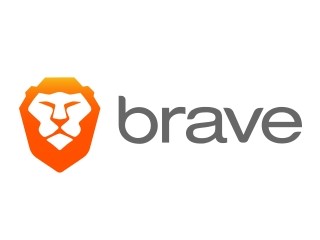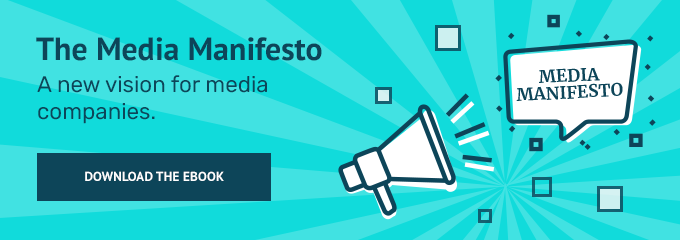
Television shows in the 1950s and 1960s were often sponsored by a single advertiser. In return for financing the show, one advertiser would receive all the promotional spots on the show. Sometimes the stars would even appear in the commercials:
As TV shows grew more expensive to produce, the “sponsorship” model gradually gave way to the “participation” model, where multiple advertisers participated in big blocks of commercials, which grew more and more expensive.
Today, advertisers pay $5 million for a 30-second Super Bowl commercial, not to mention the cost to produce and market the spot. Here were some of the top-rated from this year’s game:
a>
It costs a lot of money to produce the organized violence that we call professional football. So advertisers bring their best game for the big game, and we not only watch the commercials, it’s part of the show.
Online, though, it’s a different story. We expect online content to be free. We get annoyed when an ad plays before our YouTube video, and we install ad blockers to get rid of annoying banners and popups.
This is a problem for online content publishers — which includes your favorite bloggers, online news sources, and general reference sites like Thesaurus.com, AllRecipes or Wikipedia.
Whenever it takes 30 seconds to load a web page due to all the bloatware and ads, that’s an online publisher just trying to earn enough money to eat. Using average online ad rates, web publishers would have to serve 2,000,000,000 ads – two billion ads! – to equal the revenue from one Super Bowl commercial.
That’s a lot of annoying banners.
The Brave model

My teenage son recently turned me onto a new browser called Brave that has an interesting model. It gets rid of all ads and tracking cookies, but in return it rewards publishers by allowing you to put money in an account that’s paid out to the sites you visit most.
Here’s an example. You put $100 into your Brave account on February 1. At the end of the month, Brave looks at all the sites you’ve visited, and pays out that $100 accordingly. You visited Wikipedia 5% of the time, so Wikipedia gets $5. You visited AllRecipes 1% of the time, so they get a buck. The rest goes to Buzzfeed.
I tried it for myself, but after I installed Brave, I wasn’t able to put money into my account. The model is exciting, but needs work. I’m totally on board with paying a monthly fee to receive some of my favorite content sites, ad-free. I’m tired of my browser crashing every time I look up my favorite flan recipe.
It’s a tough sell, though. We expect online content to be free, and it’s easy to block ads. (About 25% of us use ad blockers, according to eMarketer.) We want the news, but we don’t want to pay people to write it. We want entertainment, but we don’t want to pay people to produce it.
The content doesn’t create itself, folks. Fortunately, I have a solution.
Back to the Future
As in the early days of television, companies can sponsor content.
Author Clay Shirky has pointed out that our current media model is kind of broken. Say you’re watching the nightly news, and they’re covering the war in Syria. They break to a commercial for Pampers. In a way, Pampers is paying for the war coverage in Syria.
Wouldn’t Pampers rather pay for a report on new experiments with preschools? Or the latest findings on child psychology? Or how to be a better parent?
A better model is for companies to pay for content directly, like in the early days of TV. If you’re a travel blogger that wants to write a 5,000-word article about your trip to Italy, it should be easy to find an Italian hotel willing to pay for you to write it.
If a magazine has an advertiser that sells luxury watches, it should be able to create a feature about how humans invented the measurement of time.
If a news program wants to broadcast a story on education in schools, they should be able to pay for it with a sponsorship from MathWorks or Kumon.
In short, companies pay for the costs of creating content, in return for a sponsorship. Here’s why this model will work so well:
- Better quality ads. It eliminates the vast network of media companies that only exist to distribute low-quality advertising against low-quality content (i.e., the banner ads you see every day).
- Better quality content. The sponsorship revenue comes to content creators directly, so they can spend more money creating better content.
- Happier advertisers. Being associated with good content in a clear and direct way is quite appealing. (It’s better than Pampers underwriting the war coverage in Syria.)
Here are the objections:
- “This means companies will control the news.” Not the case. Journalists still have independence to come up with their own story ideas, that can then be sold to advertisers.
- “We’ll only have media that is paid for by companies.” We only have media that’s paid for by companies now. This is a more efficient and effective way to do it.
- “What about public interest stories? What company will pay for investigative journalism like in Spotlight?” If the journalism is truly good enough, there are companies who will want to fund it. (After all, PBS has been sponsored for years by companies like these.)
Someone has to pay for the media – especially online media. If we’re not willing to pay, and we’re not willing to click ads, then companies need to pay. To do that, we need a model that allows companies and content creators to hook up directly.
That’s what we’re working on at Media Shower. Stay tuned.
You might enjoy my book Mind Hacking, because it pays for itself.
